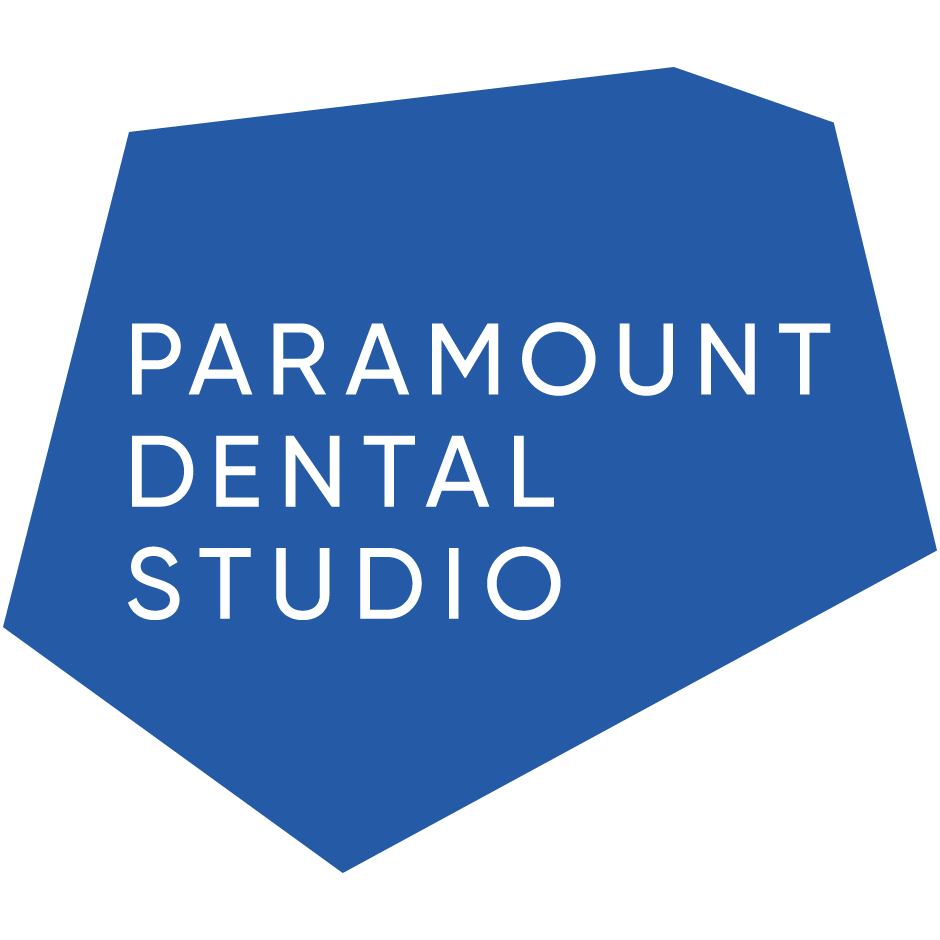The Dual Cord Retraction Technique
Accurate impressions lead to accurate fitting restorations
Poor retraction is responsible for more remakes than any other single issue. Whether scanning or taking a physical impression, tissue displacement is essential to properly seating restorations.
One of the most consistent and successful retraction techniques is the dual cord technique, also known as the double cord technique.
If you view the video below, Dr. Kyle Stanley talks through what this process looks like. The steps are also outlined below.
Steps:
Prep the tooth and ensure bleeding has stopped and the area is kept dry. If there is bleeding, Viscostat Clear works well and can be left on for a few minutes before going to the next step.
Pick two cords: one small and one large. The first cord should be smaller to help with seepage, though the cord size is determined by how much retraction is required. Many doctors will use a 000 or 00 for the first cord and a 1 for the second cord.
Pack the smaller cord first (the goal of this is not to retract but to stop the seepage of crevicular fluid).
Pack the larger cord on top of the first and let it sit for 3-5 minutes. This ensures the tissue is displaced. You should see no tissue touching the preparation
Wet the top cord prior to removing to ensure that it does not stick to the tissue and cause new bleeding
Once the top cord is removed, dry the prep and review the margins. How clear are they? If they are not clear, try repositioning the first cord
Scan or impress immediately to ensure blood or saliva does not begin to cover the margin.
Optional: some dentists prefer to remove the first cord. If leaving it in, ensure it is packed properly and the margins are clear
After analyzing thousands of intraoral scans, we have found that practices with better retraction have lower remake rates. Save money and time on remakes and achieve better clinical outcomes by sending your lab cases with the dual cord technique.
Lineberry, J. (2020, September 15). The double-cord impression technique. Spear Review RSS. Retrieved November 2, 2022, from https://www.speareducation.com/spear-review/2013/12/the-double-cord-impression-technique
S;, C. S. P. (n.d.). Using the double-cord packing technique of tissue retraction for making Crown Impressions. Dentistry today. Retrieved November 2, 2022, from https://pubmed.ncbi.nlm.nih.gov/10765795/
By Paramount and Dr. Kyle Stanley, DDS
Dr. Stanley, named as "The Next Generation of Cosmetic Dentistry" by the American Academy of Cosmetic Dentistry in 2015, and one of “The Top 10 Young Educators in Dentistry” in 2017 by Incisal Edge Magazine and the Seattle Study Club graduated Magna Cum Laude from the Herman Ostrow School of Dentistry of USC and then went on to complete a dental implant residency and dental implant specialty in Florianopolis, Brazil.
Dr. Stanley is the Clinical Director at Pearl Inc. and Paramount Dental Studio. Paramount is a premier dental lab in southern California. Independent, veteran-owned, family-owned.

